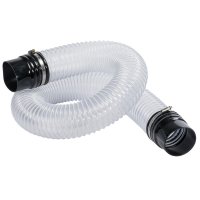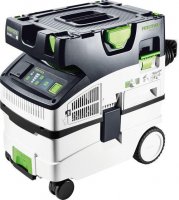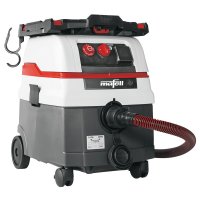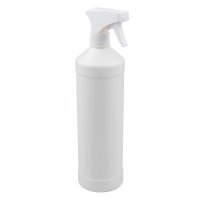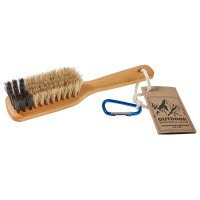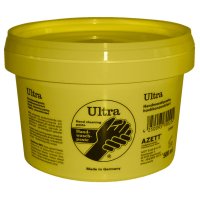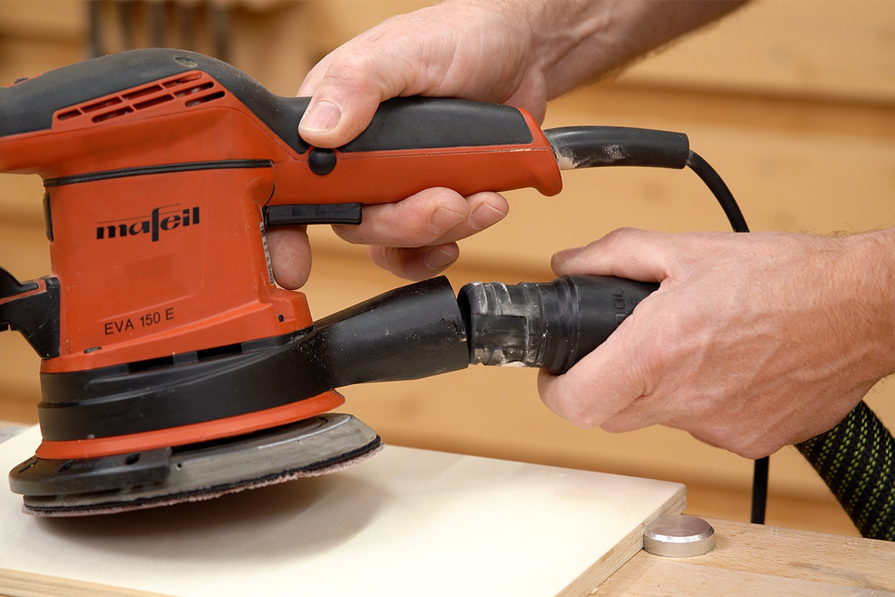
Surely you know this problem: It’s often dusty in workshops where wood is processed. When machining wood or wood-based materials, residues remain in the air. The dust not only settles unsightly on clothing and everywhere in the workshop, it’s also very harmful to the respiratory tract. What can be done about dust in the workshop?
Checklist for less dust in the workshop:
- Prevent dust by:
- using hand tools instead of machines
- always using suction devices, where possible
- using and correctly adjusting the extraction hoods
- using extraction mobiles with a suitable dust class
- checking the suction hoses
- promptly replacing filters and dust bags
- Remove dust properly:
- Remove dust straight after work
- Do not use a compressor
- Vacuum dust instead of whirling it up
- Use air purification systems
- Bind fine dust in the air with water
How can I prevent dust?
If dust isn’t spread in the workshop in the first place, it doesn’t have to be removed later. For many activities it’s not necessary to use machines. For example, it can often even be quicker and easier to work with a plane, rasp or file first instead of a sander. If you still have to get back to a machine, use a powerful dust extractor on all machines with a suitable connection.
With circular saws, this means that the extraction hood on the riving knife is also connected to the extraction system and lowered to just above the thickness of the workpiece. Check the suction ducts and hoses regularly. Smaller and larger cut-offs often collect there, obstructing the airflow and thus effective extraction.
Routers often have suitable additional devices for the various types of machining, which enhance extraction performance. Some devices must be mounted before the router is used. Get into the habit of fitting these before setting up the machine.

Cut-offs often block the air flow in the suction hose
When using sanders, vacuuming is particularly important as very fine dust is produced. If the suction is not ideal, the abrasives will clog more quickly, and the sanding performance will be reduced. Fine sanding dust hovers in the air for a long time and gets everywhere.
How can dust pollution be reduced?
Don’t save in the wrong place. Cheap hoovers that are awkward to use and don’t have the necessary connections and filters, are neither a pleasure to use nor used reliably.
In addition to performance, the dust protection class is also decisive for the air quality in the workshop. Hazardous substances and dusts are divided into three classes:
L (small risk)
M (medium risk) and
H (high risk)
For wood and paint dusts, a minimum of dust class M applies. In the commercial sector, when the Employer's Liability Insurance Association is responsible, it is mandatory to always use class M extractors. Class M extractors measure the air flow rate. They have an audible alarm to warn when the suction rates drop due to a full dust bag or a hose blockage or kink. In addition, with class M extractors, the dust bag can be changed in such a way that no dust can escape. This also helps to prevent dust in the workshop.
Almost all extraction units now have an automatic switch-on and an overrun. Switched to automatic, there’s no need to remember to switch on the extractor. After the machine is switched off, extraction also continues to run for a short time. This means that the residual dust in the unit and in the suction hose is extracted. In the case of fine dusts produced during sanding, a residue often remains in the hose nevertheless. It can be removed by manually switching on the vacuum cleaner and lightly tapping the hose.
What to do if there is still dust despite extraction?
It’s not always possible to completely prevent dust generation and exposure. How do we deal with the residual dust?
Clean dust from the workshop regularly. The motto here is: suction is better than blowing! Often compressors are used to blow the dust out of all the nooks and crannies. This eliminates piles of dust, but the dust pollution in the air is extreme. The dust then spreads throughout the workshop and settles in other places after a short time. It’s better to vacuum the dusty areas with a suction brush attachment on the vacuum hose. Then the dust goes straight into the dust bag.
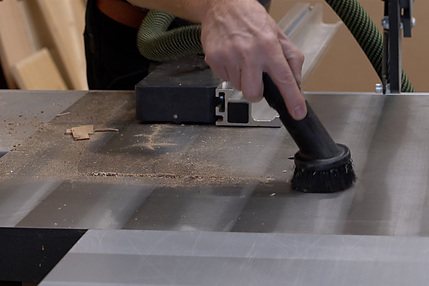
Removing the chips on the machine table with a brush attachment
If you have carried out tasks which produce high amounts of dust, remove the dust in and around the workplace immediately afterwards if possible. When the dust is gone, it cannot spread any further. However, a wood workshop will never be completely dust-free. If you are sensitive to dust, it is possible to reduce dust exposure with air purification systems. These are devices, usually mounted under the ceiling, which permanently suck in the dust-laden air before filtering and releasing it again.
If you are painting or gilding, you can go through the workshop beforehand with a fine sprayer and spray water into the air and onto dusty surfaces to ease the problem of dust circulating . This binds the dust, cleans the air and stops the dust from flying around.


